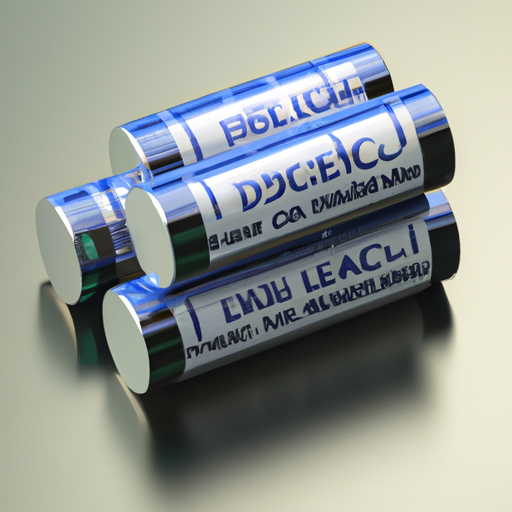CFR-25JB-52-1K1 Electric Double Layer Capacitors (EDLC), Supercapacitors highlighting the core functional technology articles and application development cases of Electric Double Layer Capacitors (EDLC), Supercapacitors that are effective.
Electric Double Layer Capacitors (EDLCs) Overview
Electric Double Layer Capacitors (EDLCs), commonly referred to as supercapacitors, are advanced energy storage devices that combine the characteristics of traditional capacitors and batteries. They are known for their ability to store significant amounts of energy and deliver it rapidly, making them ideal for a wide range of applications. Below, we delve into the core functional technologies that underpin EDLCs and highlight notable application development cases.
Core Functional Technology of EDLCs
| 1. Electrochemical Double Layer Formation | |
| 2. High Surface Area Electrodes | |
| 3. Electrolyte Composition | |
| 4. Hybrid Systems | |
| 5. Advanced Manufacturing Techniques | |
| 1. Electric Vehicles (EVs) | |
| 2. Renewable Energy Systems | |
| 3. Consumer Electronics | |
| 4. Grid Energy Storage | |
| 5. Industrial Applications | |
| 6. Wearable Technology | |
Application Development Cases
Conclusion

Electric Double Layer Capacitors (EDLCs) represent a significant advancement in energy storage technology, offering unique advantages such as high power density, long cycle life, and rapid charge/discharge capabilities. Their diverse applications span multiple industries, including automotive, renewable energy, consumer electronics, and more. As research and development continue to progress, the integration of EDLCs with other energy storage systems and advancements in materials science are expected to lead to even more innovative applications in the future. The ongoing evolution of EDLC technology promises to play a crucial role in addressing the growing demand for efficient and sustainable energy storage solutions.
Electric Double Layer Capacitors (EDLCs) Overview
Electric Double Layer Capacitors (EDLCs), commonly referred to as supercapacitors, are advanced energy storage devices that combine the characteristics of traditional capacitors and batteries. They are known for their ability to store significant amounts of energy and deliver it rapidly, making them ideal for a wide range of applications. Below, we delve into the core functional technologies that underpin EDLCs and highlight notable application development cases.
Core Functional Technology of EDLCs
| 1. Electrochemical Double Layer Formation | |
| 2. High Surface Area Electrodes | |
| 3. Electrolyte Composition | |
| 4. Hybrid Systems | |
| 5. Advanced Manufacturing Techniques | |
| 1. Electric Vehicles (EVs) | |
| 2. Renewable Energy Systems | |
| 3. Consumer Electronics | |
| 4. Grid Energy Storage | |
| 5. Industrial Applications | |
| 6. Wearable Technology | |
Application Development Cases
Conclusion

Electric Double Layer Capacitors (EDLCs) represent a significant advancement in energy storage technology, offering unique advantages such as high power density, long cycle life, and rapid charge/discharge capabilities. Their diverse applications span multiple industries, including automotive, renewable energy, consumer electronics, and more. As research and development continue to progress, the integration of EDLCs with other energy storage systems and advancements in materials science are expected to lead to even more innovative applications in the future. The ongoing evolution of EDLC technology promises to play a crucial role in addressing the growing demand for efficient and sustainable energy storage solutions.







